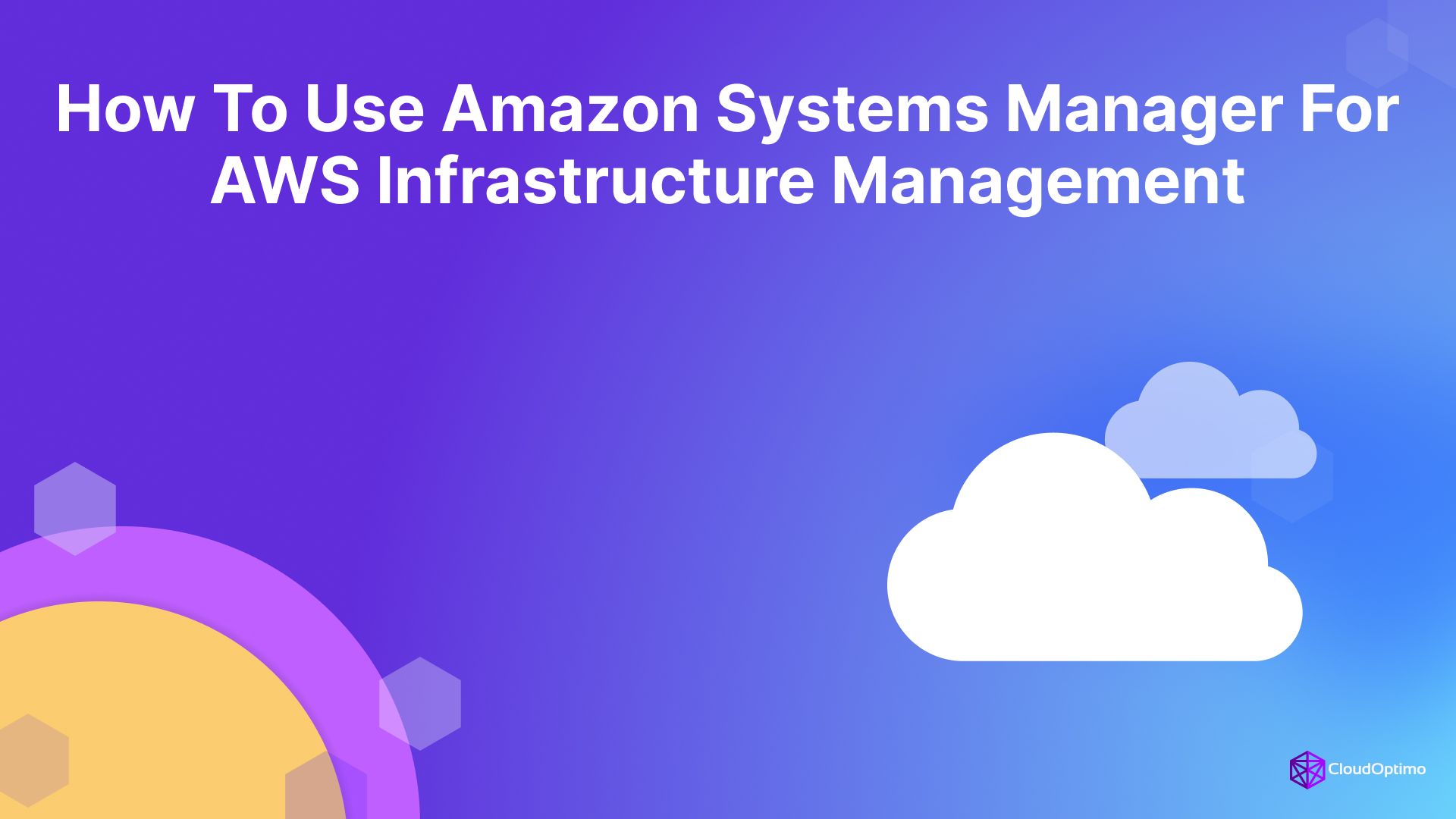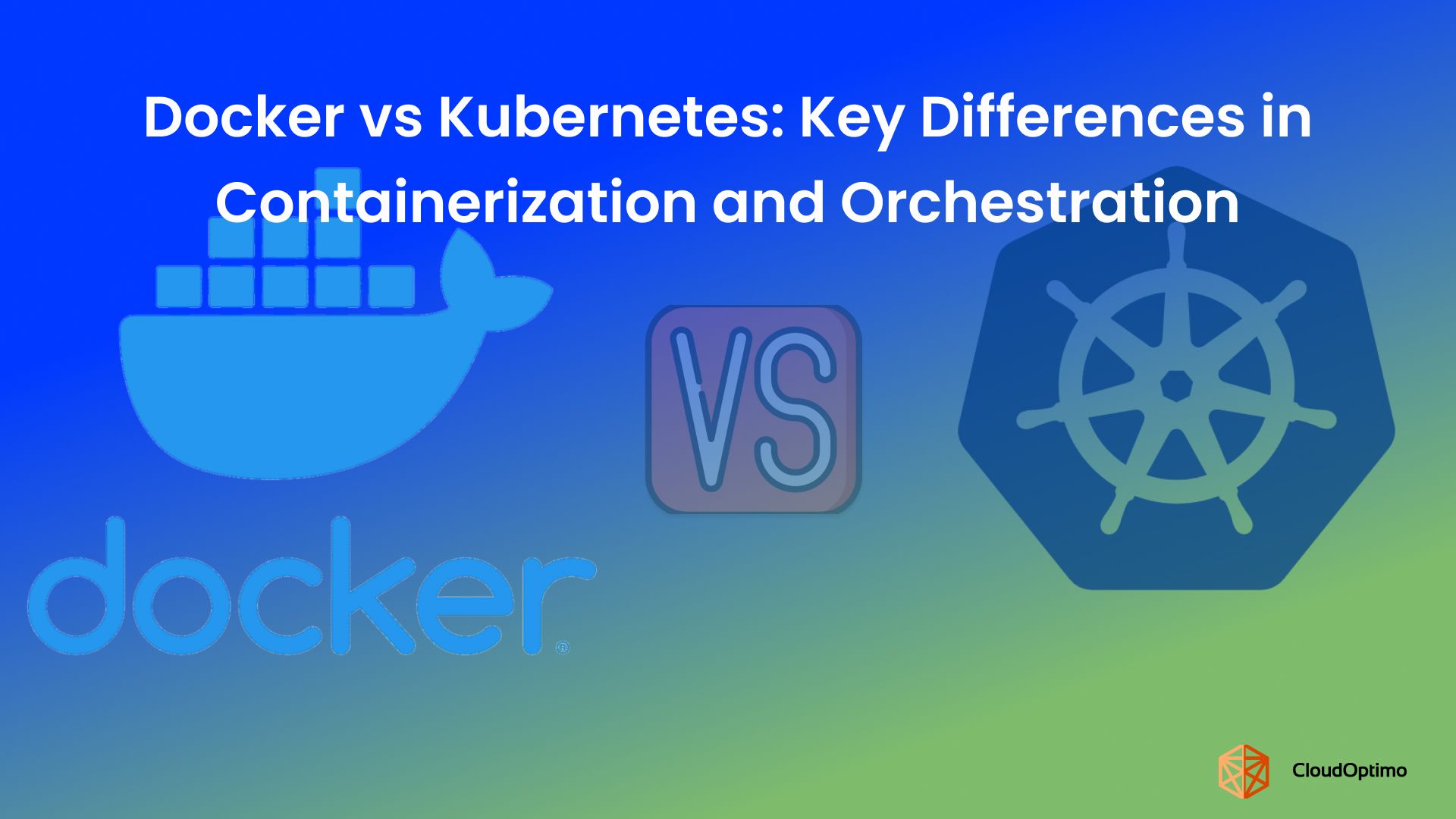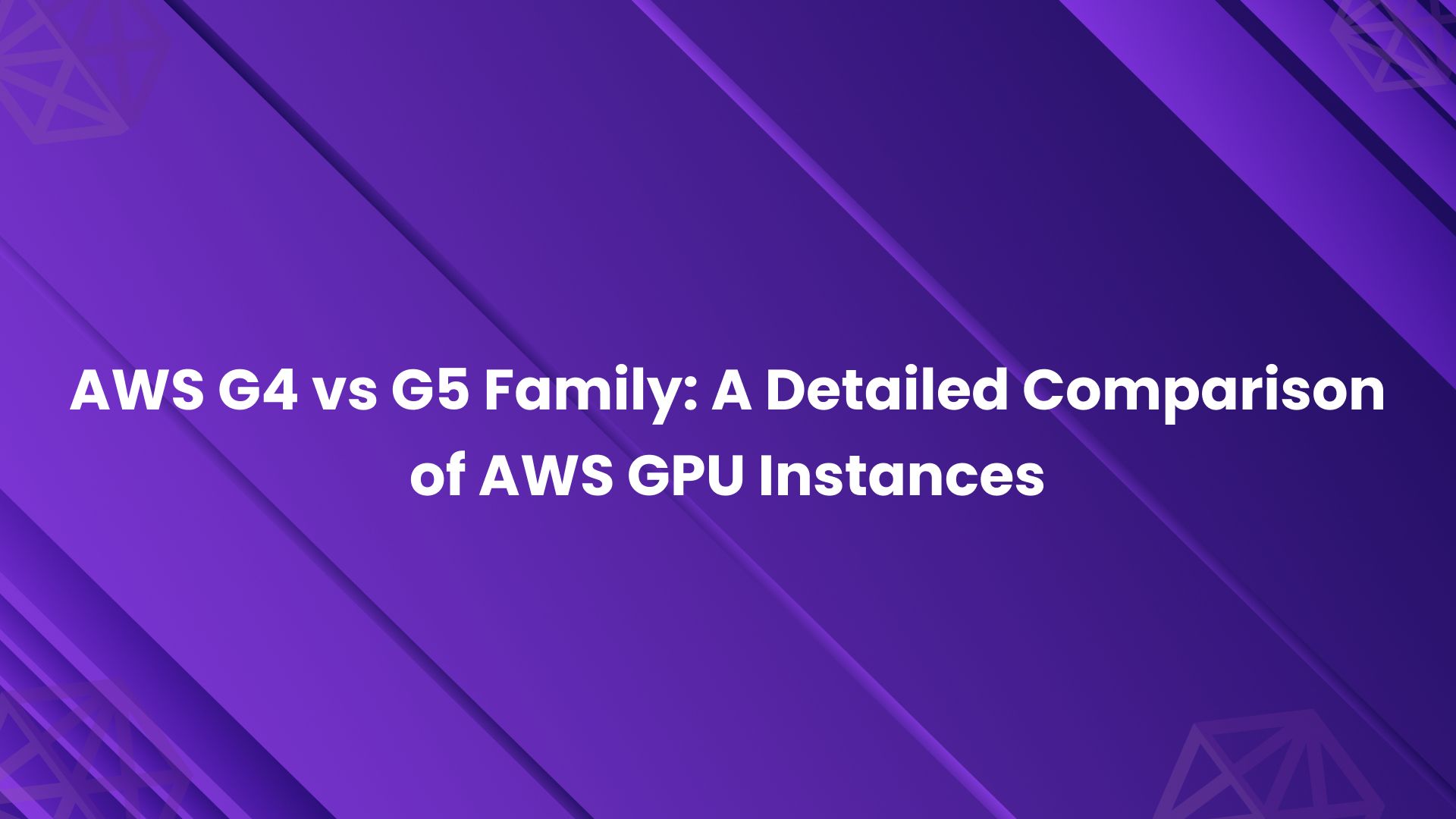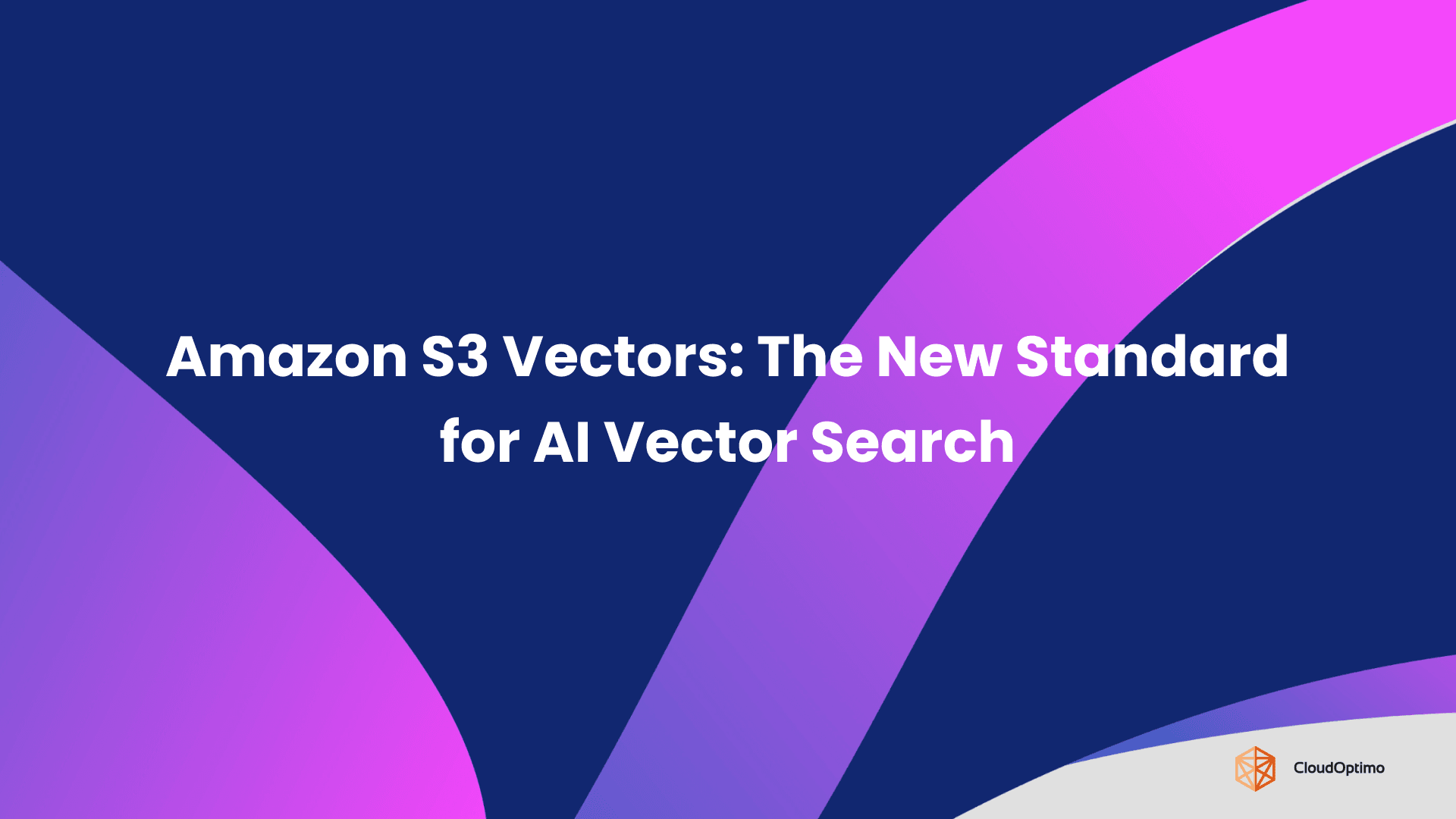Introduction
The rise of serverless architectures brings significant benefits like scalability and cost-efficiency. However, ensuring asynchronous communication within these environments requires careful consideration of message queuing and pub/sub mechanisms. This blog post explores how Amazon's Simple Queue Service (SQS) and Simple Notification Service (SNS) empower developers to build robust and scalable serverless applications. We'll explore their functionalities, examine use cases, and discuss best practices for seamless integration into your serverless architecture.
Decoupling With Messaging Services
In modern application architecture, decoupling is a fundamental principle that promotes the separation of components, allowing them to operate independently while maintaining robust communication. This approach enhances scalability, flexibility, and maintainability. Messaging services like Amazon Simple Queue Service (SQS) and Amazon Simple Notification Service (SNS) are pivotal in achieving decoupled architectures.
What is Decoupling?
Decoupling refers to the design practice of reducing the dependencies between different system components. In a tightly coupled system, components are interdependent, meaning changes in one part often require changes in another. This interdependency can lead to complex, monolithic applications that are difficult to scale and maintain.
Conversely, a decoupled system separates these components, enabling them to function independently and communicate through well-defined interfaces or messaging services. This separation simplifies development, testing, maintenance, and scaling.
Benefits of Decoupling
- Scalability: Decoupled systems can scale more easily since each component can be scaled independently based on demand.
- Flexibility: Changes in one component do not necessitate changes in others, allowing for easier updates and enhancements.
- Resilience: If one component fails, the rest of the system can continue to operate, improving overall reliability.
- Maintainability: Independent components are easier to manage, debug, and update.
Role of Messaging Services
Messaging services like AWS SQS and SNS are crucial in achieving decoupling by providing asynchronous communication between components.
1. Amazon SQS: SQS is a service that helps manage message queues. These queues act like a waiting line, allowing applications to send and receive messages without being directly connected. With SQS, applications can send messages without worrying about whether the receiving application is available. The message is stored in the queue until the receiver is ready to process it. This helps ensure messages are delivered reliably. For example, in an e-commerce application, an order processing service can place orders into an SQS queue. The payment processing service can then asynchronously retrieve and process these orders from the queue, ensuring that both services operate independently and efficiently.
2. Amazon SNS: SNS is a messaging service that acts like a broadcast system for applications. It follows a publish-subscribe pattern, where messages are sent (published) to interested receivers (subscribers). SNS allows you to send a single message to a variety of subscribers all at once. These subscribers can include serverless functions like Lambda, web servers (reached through HTTP endpoints), or even other SQS queues. This flexibility helps applications communicate efficiently and decoupled from each other. For instance, in the same e-commerce application, when an order is placed, the order service can publish a message to an SNS topic. Multiple subscribers, such as inventory management, shipping, and customer notification services, can then receive and process this message concurrently, ensuring that all necessary actions are taken promptly and independently.
Implementing Decoupling with SQS and SNS
- Identify Components: Determine the distinct components or services within your application that can operate independently.
- Define Communication: Use SQS for point-to-point communication where one component sends messages to another. Use SNS for broadcast communication where one component sends messages to multiple subscribers.
- Integrate Services: Implement SQS and SNS into your architecture, ensuring components communicate via these services, thereby achieving decoupling.
AWS SQS and SNS: The Powerhouse Duo for Decoupled Applications
Following the discussion on decoupling and its benefits, let's delve into the specifics of the two AWS services that make it possible: Amazon Simple Queue Service (SQS) and Amazon Simple Notification Service (SNS).
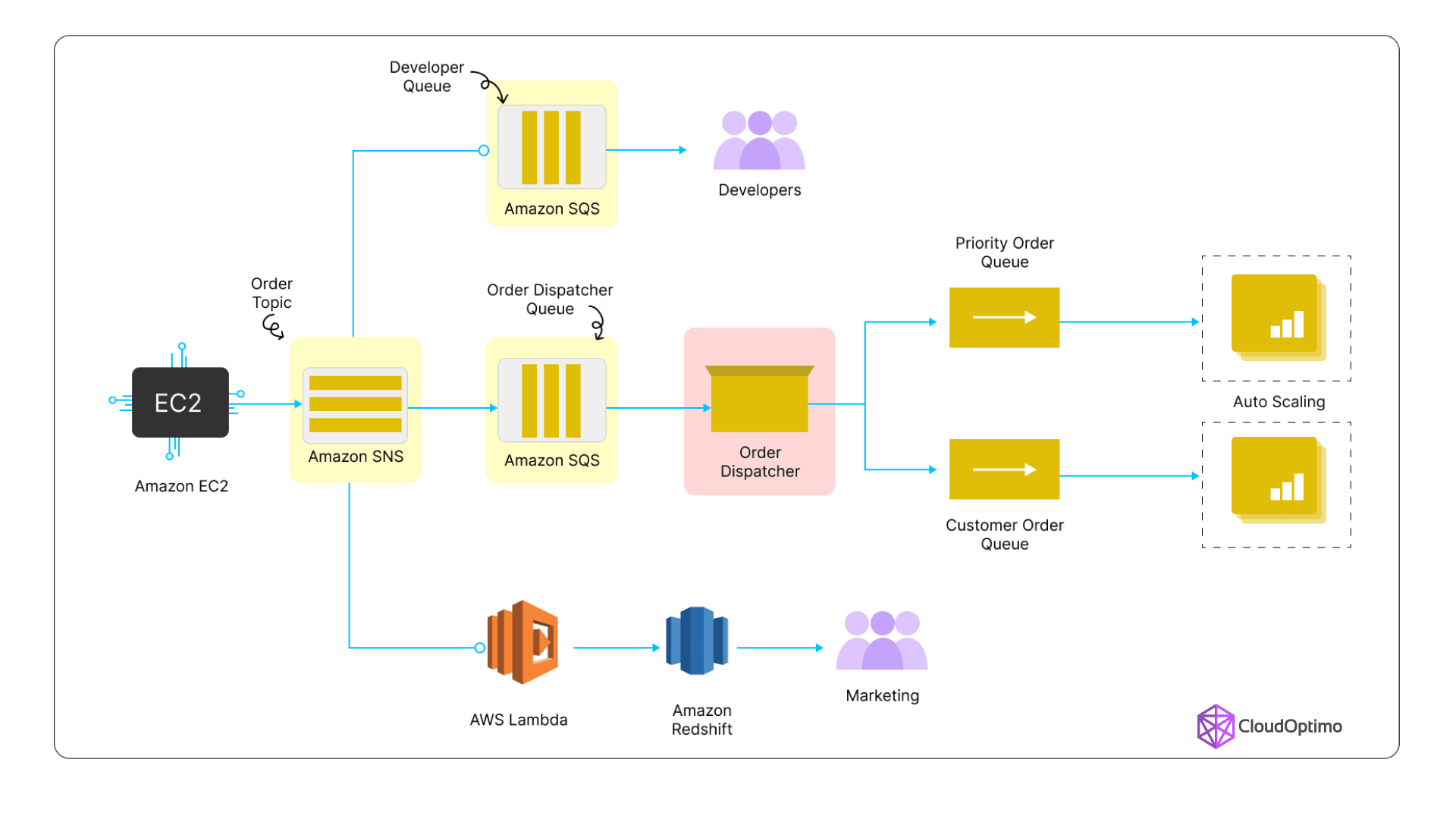
Amazon Simple Queue Service (SQS):
- Function: SQS is a highly scalable message queueing service. It enables applications to send, store, and receive messages asynchronously.
- Communication Pattern: SQS follows a point-to-point messaging pattern. Applications send messages to a queue, and another application (the receiver) retrieves them at its own pace. This approach ensures reliable message delivery, even if the receiving application is temporarily unavailable.
- Use Cases: SQS is ideal for scenarios requiring asynchronous communication between applications, such as:
- Buffering workloads: SQS queues can act as a buffer, decoupling sending and receiving applications. This allows the sending application to continue processing requests even if the receiving application is overloaded.
- Background processing tasks: Applications can place tasks like sending emails or generating reports into SQS queues for asynchronous processing.
- Microservices communication: Microservices can use SQS to exchange messages without needing to know about each other's implementation details.
Amazon Simple Notification Service (SNS):
- Function: SNS is a pub/sub messaging service that facilitates fan-out communication. It allows applications to publish messages to topics, and interested subscribers receive notifications when messages are published.
- Communication Pattern: SNS follows a publish-subscribe pattern. Applications (publishers) send messages (publications) to topics. Subscribers interested in those topics receive notifications containing the message content. SNS offers flexibility in delivery options, allowing push notifications to mobile devices or delivery to SQS queues for further processing.
- Use Cases: SNS is valuable for scenarios requiring broadcast messaging, such as:
- Real-time notifications: SNS can deliver messages to mobile apps or web applications in real-time, keeping users informed about updates or events.
- Event-driven architectures: SNS can trigger workflows by publishing messages to topics upon relevant events. These messages can be received by Lambda functions or other services to initiate further actions.
- Microservices communication: Similar to SQS, SNS can be used for communication between microservices, enabling them to be loosely coupled and scale independently.
Table: Key Differences Between SQS and SNS
| Feature | SQS | SNS |
| Messaging Pattern | Point-to-point (one-to-one) | Pub/Sub (publish-subscribe - one-to-many) |
| Communication Model | Applications send and receive messages from queues asynchronously. | Applications publish messages to topics, and subscribers receive notifications. |
| Delivery Guarantee | At-least-once delivery (messages may be delivered more than once). | At-least-once delivery (fanout may result in duplicate messages for subscribers). |
| Ideal Use Cases |
|
|
| Delivery Options | Messages are retrieved by applications polling the queue. | Delivers messages via push notifications (mobile, HTTP/S) or to SQS queues. |
Working Together: A Powerful Combination
While SQS and SNS excel in different communication patterns, their strengths can be combined for even greater functionality. For instance, SNS can publish messages to multiple SQS queues, allowing for distributed information processing. This combination is particularly useful for scenarios requiring both broadcast and asynchronous processing functionalities.
When to Use AWS SQS vs. SNS: Choosing the Right Messaging Tool
While both Amazon Simple Queue Service (SQS) and Amazon Simple Notification Service (SNS) are powerful messaging services within the AWS cloud, they excel in different communication patterns. Selecting the right service depends on your specific application requirements. Here's a breakdown to guide your decision:
Use SQS if:
- You require point-to-point messaging: A single message needs to be delivered to a specific recipient application. For example, consider an e-commerce application where order details need to be processed by a single order fulfillment service.
- Order of message processing is critical: Messages must be processed in the exact order they are received. SQS guarantees at-least-once delivery, meaning a message might be delivered more than once. This is crucial in scenarios like financial transactions, where the order of operations matters.
- You need buffering capabilities: SQS acts as a buffer, decoupling the sending and receiving applications. This allows the sending application to continue processing requests even if the receiving application is overloaded. For instance, in a video transcoding service, the video upload requests can be buffered in an SQS queue, ensuring the upload process remains responsive even during peak loads.
- You have background processing tasks: Applications can place tasks like sending emails, generating reports, or processing large data sets into SQS queues for asynchronous processing. This decouples the task from the user-facing application, improving responsiveness and scalability.
Use SNS if:
- You require fan-out communication: A single message needs to be delivered to a large number of subscribers concurrently. For example, in a news or notification system, updates can be broadcasted to multiple subscribers simultaneously.
- Real-time notifications are necessary: SNS offers push notifications to mobile devices and web applications, enabling real-time updates. This is useful for applications like chat platforms, where immediate delivery of messages is essential.
- You have an event-driven architecture: SNS can trigger workflows by publishing messages to topics upon relevant events. For instance, when an object is uploaded to an Amazon S3 bucket, SNS can notify subscribed services to perform further processing or analysis.
- Loose coupling between microservices is desired: SNS allows microservices to communicate without needing to know about each other's implementation details. This promotes a modular and decoupled architecture, making it easier to develop, maintain, and scale individual services independently.
In summary, SQS is best suited for point-to-point communication, ordered message processing, buffering, and background tasks, while SNS excels in fan-out messaging, real-time notifications, event-driven architectures, and loosely coupled communication between microservices. By understanding these differences, you can choose the appropriate service to meet your application's messaging and notification requirements effectively.
Building Serverless Workflows with SQS and SNS
The beauty of SQS and SNS lies in their ability to seamlessly integrate with serverless functions on AWS Lambda. This integration unlocks a powerful approach to building event-driven serverless workflows. Here's how it works:
- Events Trigger SNS Topics: Events within your application or external sources can trigger the publishing of messages to specific SNS topics.
- SNS Delivers Messages to Queues: SNS, acting as a pub/sub service, delivers these published messages to subscribed SQS queues.
- Lambda Functions Process Messages Asynchronously: Lambda functions, configured as triggers for the SQS queues, are invoked upon receiving messages. These functions then process the message data asynchronously, enabling a highly scalable and cost-effective architecture.
This serverless workflow pattern offers several advantages:
- Scalability: As the volume of messages increases, AWS automatically provisions additional Lambda instances to handle the load. This ensures smooth operation even during peak periods.
- Cost-Efficiency: You only pay for the resources your serverless functions utilize while processing messages. This eliminates the need to manage and provision servers, leading to significant cost savings.
- Loose Coupling: Applications that publish messages and Lambda functions that process them are decoupled. This allows for independent development, deployment, and scaling of each component.
Scenarios That showcase the versatility of serverless workflows with SQS and SNS
1. Media Processing Pipeline:
- Event: A new video or image is uploaded to an S3 bucket.
- SNS Topic: The S3 PutObject event triggers an SNS topic.
- SQS Queue: The topic publishes a message to an SQS queue containing details about the uploaded file (e.g., location, format).
- Lambda Function: A Lambda function, subscribed to the SQS queue, is invoked. This function retrieves the message, retrieves the file from S3, and initiates the processing workflow (e.g., resizing, transcoding, generating thumbnails). The function can leverage other AWS services like Elastic Transcoder or MediaConvert for processing, and finally store the processed media in another S3 bucket.
2. Asynchronous Task Processing:
- Event: A user submits a complex form on a web application, triggering an API Gateway request.
- SNS Topic: The API Gateway endpoint publishes a message to an SNS topic upon successful form submission.
- SQS Queue(s): The topic can publish messages to multiple SQS queues, each dedicated to a specific task (e.g., sending a confirmation email, generating a report, updating a database).
- Lambda Functions: Separate Lambda functions, subscribed to each SQS queue, process the messages asynchronously. This allows the web application to respond quickly to the user's request, while background tasks are handled efficiently by the serverless workflow.
3. Real-time Chat Application:
- Event: A user sends a message in a real-time chat application.
- SNS Topic: The application publishes a message to an SNS topic containing the message content and recipient information.
- SQS Queue(s): The topic can publish messages to two SQS queues:
- One queue for delivering the message to the recipient's connected device (via mobile push notifications or server-sent events).
- Another queue for persisting the message history in a database.
Advanced Techniques for Robust Serverless Applications with SQS and SNS
While we've explored the power of SQS and SNS for building decoupled applications, maximizing their potential requires a deeper dive into advanced techniques. Here, we'll delve into strategies that leverage these services to create robust, scalable, and fault-tolerant serverless workflows:
Table: Advanced Techniques for Robust Serverless Applications with SQS and SNS
| Technique | Description | Benefits |
| Asynchronous Workflows with SQS | Break down complex tasks into smaller steps processed by Lambda functions triggered by SQS messages. | Improved scalability, responsiveness, and handling of peak workloads. |
| Dead Letter Queues (DLQs) for SQS | Configure SQS to transfer messages that encounter errors to a designated DLQ for manual intervention or alternative processing strategies. | Prevent message loss, identify recurring errors, and improve overall application reliability. |
| Fan-out Workflows with SNS Topics | Utilize SNS topics to trigger workflows based on specific events. When an event occurs, a message is published to the topic, notifying interested subscribers. | Scalable real-time notifications and efficient event dissemination to a large number of recipients. |
| Combined SQS and SNS Workflows | Leverage SNS to trigger workflows involving multiple SQS queues, each dedicated to a specific sub-task. | Distributed processing and efficient handling of complex workflows with multiple processing steps. |
1. Asynchronous Workflows with SQS:
- Break down complex tasks into smaller steps triggered by SQS messages.
- SQS acts as a buffer, decoupling message arrival from processing by Lambda functions.
- Example: E-commerce order processing with separate Lambda functions for payments, inventory, and email confirmation (all triggered by an SQS message containing the order details).
2. Dead Letter Queues (DLQs) for SQS:
- DLQs capture messages encountering errors during Lambda processing.
- Configure SQS to move messages exceeding retry limits to a designated DLQ.
- Benefits: Prevents data loss and enables identification of recurring errors for improved reliability.
3. Fan-out Workflows with SNS Topics:
- Use SNS topics to trigger workflows based on events (e.g., new user signup).
- SNS excels at delivering notifications to a large number of subscribers concurrently.
- Example: Social media post update triggers an SNS message sent to followers' apps, dashboards, and analytics services.
4. Combining SQS and SNS for Complex Workflows:
- Leverage SNS to trigger workflows involving multiple SQS queues, each handling a sub-task.
- Example: IoT application using SNS to send sensor data to separate SQS queues: anomaly detection, data visualization, and temperature threshold alerts.
Performance Optimization and Cost Efficiency with SQS and SNS
Here, we explore strategies to optimize performance and cost-effectiveness when utilizing SQS and SNS within your serverless architecture:
Optimizing SQS Performance:
- Visibility Timeout: Configure a suitable visibility timeout for SQS messages. This determines how long a message remains locked for processing by a Lambda function after it's received from the queue. Setting an appropriate timeout prevents messages from being locked indefinitely if processing encounters delays.
- Batching: Process multiple SQS messages within a single Lambda function invocation to reduce message retrieval overhead. This improves throughput and avoids unnecessary Lambda invocations.
- Utilize Fan-Out with SQS: For high-volume workloads, consider distributing tasks across multiple worker Lambda functions triggered by the same SQS queue. This helps parallelize processing and improves overall efficiency.
Optimizing SNS Performance:
- Filter Policies: Implement filter policies on SNS subscriptions. This allows subscribers to receive only messages that meet specific criteria, minimizing unnecessary processing of irrelevant messages.
- Use Batch Publish: Leverage SNS batch publish functionality to send multiple messages simultaneously, reducing the number of API calls required.
Cost Considerations:
- SQS Pricing: SQS pricing primarily depends on the number of requests (Send/Receive/Delete) and data storage used. Analyze your usage patterns and implement techniques like batching to minimize requests and message size.
- SNS Pricing: SNS charges are based on the number of successfully delivered messages and the number of active subscriptions. Utilize filter policies and avoid unnecessary subscriptions to optimize costs.
- Utilize Pay-Per-Use Model: Serverless services like Lambda and SQS employ a pay-per-use pricing model. Optimize your Lambda functions for efficiency to minimize execution time and associated costs.
Table: Performance and Cost Optimization Techniques
| Technique | Description | Benefit for SQS/SNS |
| Visibility Timeout | Set an appropriate time limit for Lambda functions to process messages received from the SQS queue. | Improves throughput and prevents message locking. (SQS) |
| Batching | Process multiple SQS messages within a single Lambda function invocation. | Reduces message retrieval overhead and improves efficiency. (SQS) |
| Fan-Out with SQS | Distribute tasks across multiple worker Lambda functions triggered by the same SQS queue for high-volume workloads. | Enables parallel processing and improves efficiency. (SQS) |
| Filter Policies (SNS) | Restrict message delivery to subscribers based on specific criteria. | Reduces unnecessary processing of irrelevant messages. (SNS) |
| Batch Publish (SNS) | Send multiple messages to SNS topics concurrently, reducing the number of API calls. | Improves efficiency and reduces costs. (SNS) |
Remember:
- Continuously monitor your SQS and SNS usage with CloudWatch to identify potential bottlenecks and cost optimization opportunities.
- Regularly review and update your configurations to reflect changes in application requirements and usage patterns
Security Best Practices
While serverless applications offer flexibility, security remains crucial. Here's how to fortify your SQS and SNS usage:
- IAM for Least Privilege: Grant Lambda functions and resources the minimum permissions needed to interact with SQS and SNS queues/topics. This minimizes damage from compromised credentials.
- SQS Security: Enable server-side encryption (KMS) for SQS data at rest and in transit. Additionally, use queue policies to control who can access the queue (Send/Receive/Delete).
- SNS Security: Consider KMS encryption for sensitive data stored in SNS topics. Implement topic policies to restrict who can publish messages and who can subscribe to receive them.
- Secure Messaging: For enhanced security, encrypt sensitive data within SQS messages or SNS notifications using KMS customer-managed keys. Regularly rotate these keys to minimize risk.
- Monitoring and Logging: Leverage CloudWatch to monitor activity logs for SQS and SNS, and enable logging within your Lambda functions to identify suspicious activity and troubleshoot issues.
Integrating SQS and SNS with Other AWS Services
The power of SQS and SNS extends beyond their core functionalities. By integrating them with other AWS services, you can unlock a wide range of possibilities and build even more robust serverless applications. Here are some key integration points to consider:
Table: Integrating SQS and SNS with Other AWS Services
| Service | Integration Scenario | Benefit |
SQS & Lambda | Use SQS as a buffer between user actions in Amazon Cognito (user pool) and Lambda functions | Enables asynchronous user registration processing, improving responsiveness. |
SNS & S3 | Trigger an SNS notification upon a new object upload to an S3 bucket. | Initiates a serverless workflow for file processing (e.g., image resizing, data extraction). |
SQS & DynamoDB | Leverage SQS to queue database updates triggered by API Gateway requests. | Enables asynchronous data persistence, improving API responsiveness during peak loads. |
SNS & CloudWatch | Configure SNS to send alerts to CloudWatch upon encountering errors in a Lambda function. | Provides real-time notifications for troubleshooting and monitoring application health. |
Further Considerations:
- Amazon Kinesis: Integrate SQS with Kinesis for real-time data streaming and processing of high-volume data streams.
- Amazon Step Functions: Utilize SQS to trigger Step Functions workflows, enabling orchestration of complex, multi-step serverless processes.
By understanding these integration opportunities, you can leverage the strengths of SQS and SNS to create highly scalable and efficient serverless applications within the broader AWS ecosystem.

